Disclaimer: I purchased the Onkyo DP-S1 for the purposes of this review. It’s a dual ES9018C2M DAC thing that goes for 450$ USD. You can learn all about it here: Onkyo rubato DP-S1.
Update: I’ve added links to RMAA measurements, comparisons, and added a spec list as well as a note about balanced output power.
Relevant links:
ohm image: RMAA AK70 24-bit
ohm image: RMAA AK70 Kai (Ryuzoh mod) 24-bit
ohm image: RMAA DP-X1 24-bit
ohm image: RMAA DP-S1 24-bit
Sometime before the latest Fujiya Avic show, I had no idea that the Onkyo DP-S1 existed. I knew Onkyo. I’ve even subjected their flagship to RMAA testing. But this little one? Nothing. Not a whiff. And then I hit up e-Earphone, where in between the flagship, its Pioneer version, and in front of a row of obscure Chinese players, was the Onkyo DP-S1. I plugged in my 200GB SD card, and roamed the room while it loaded. Would it amaze the way its big brother did? Would it hiss like my Astell&Kern AK70?
That I didn’t know about the DP-S1 is a point about which my portable audio geek cred is understandably put to question. Go ahead, question me. My only defense is my online CV: writing for my once arch-rival Headfonia after absconding from TouchMyApps, both of which took and/or still take precedence over top my own site, ohm-image, which is dedicated to audio, and cameras that take great pictures of audio gear. And Ultima.
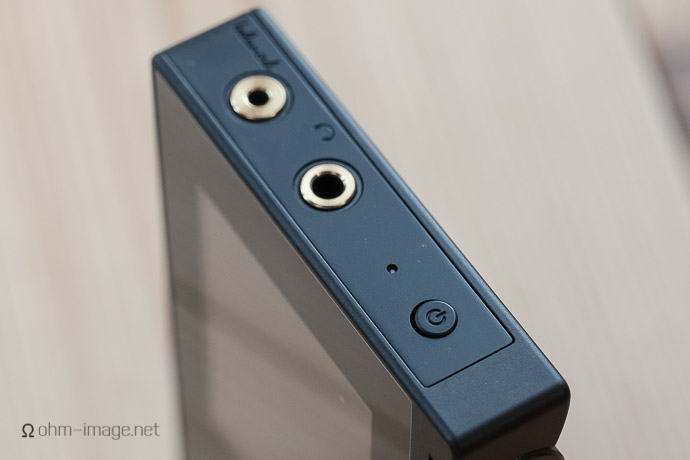
For me the portable audio game started in 2001 with the purchase of in-ear mounted microphones and a stealth microphone amp, the lump of which went with me to make amazingly crappy, but memorable concert tapes. As a 22 year old living in his parent’s home, headphones were obligatory. Good headphones came in there somewhere, probably after deciding against using MusePack to record everything lossy from my MDLP tapes. In 2004 I religified Head-fi reading. In 2006 I started posting. In 2008 I became headphoneous supremous. In 2009 I published TouchMyApps’s first headphone review. In 2010 I discovered Headfonia and began a one-sided vendetta.
It was a lost cause. I joined the enemy.
So stamp on this dude’s audio street cred if you will, but like as not, I was here before you. I’m just slow on the uptake.
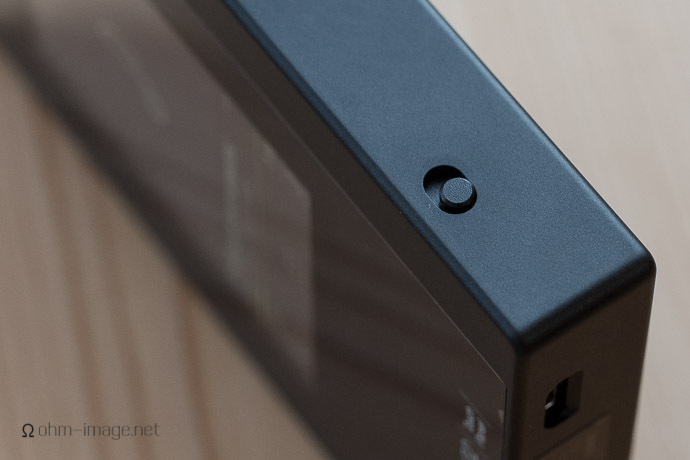
The DP-S1’s UI, however, is not. As non-smartphone DAPs go, it is lightning fast. It is faster than my AK70, and depending on the function, dramatically snappier than the Astell&Kern AK380. But if you’ve got more than say, 50GB of music on it, scanning folders, albums, artists, and even genres, can be a bugger. And the touch screen is crap. No swiping, no multi-touch, and if you’re used to smartphones, laggy. There is no search- and even if there was, the Japanese version relies on antiquated flip-phone text input methodology. It’s a nightmare mix of amazing hardware functionality, lightning speed, and awful interface design.
Anyway, I bought this bad boy new from e-Earphone after getting dismal used sale price on a ten year-old pair of DT770s. I picked up a faux-leather case to boot. The case – let’s not mince words here – is utter crap. It folds on both ends for easy removal, but fits too tight. Sliding it out is rough. Tracking and other input icons are fuzzily labelled, and it appears to be modelled after a hospital cornered bed: all tight tucks, but none of them elegant and each an uncomfortable wedging of the layer beneath. But it protects the Onkyo DP-S1 reasonably well.
I chose the DP-S1 over the Pioneer version despite cringing at its nickname. Rubato – only a mother could love it. The few thousand ¥ between the two affords the Onkyo version with a fake leather back which keeps it from sliding off the desk, and from easily scratching. It’s not pretty, but for my uses, it is practical.
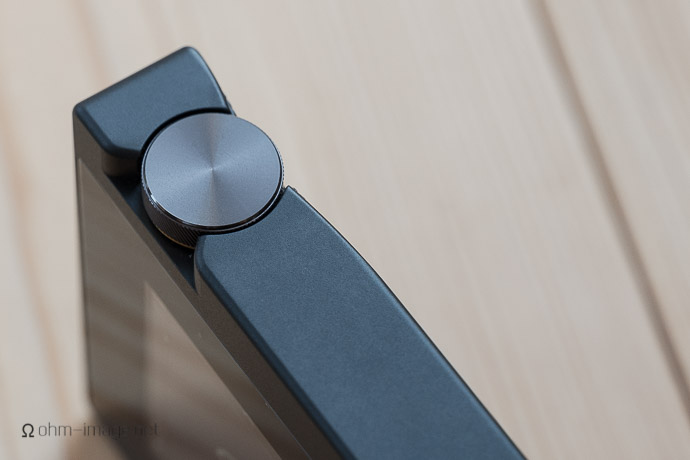
Almost as ugly as Musashino Label’s DP-S1 case is the DP-S1’s double chin. It’s in line with an early 90s Mac, but in 2017. Speaking of ugly, its FCC label comes on a reedy, and shockingly shiny sticker. It clashes with the DP-S1’s matte metal body. Speaking of ugly, its navigation, power, and output interface are encased in a separate, and nearly texture-less cutout, likely which connects straight to the guts below. Speaking of ugly, my unit’s power button is so far off center that it grates against its own case. Speaking of ugly, its screen colour shifts at the slightest change of angle. And gosh, the colour scheme Onkyo opted for looks like the two-tone mess of 2006-era OLEDs. Would it do nicely on a rice cooker? Yes. As a navigation tool, it is a poor screen, and ugly to boot. Speaking of boot, the Onkyo DP-S1 boots up with a horizontal line etching across the screen. Hello Windows XP. Hello 2001. This thing was not designed by a human.
Let’s talk internationalization. There is more to it than changing to a non-native language. The Onkyo’s English is puzzling but not bad. Line out, a simple on or off function, is called Line Out Mode, raising the question: what else can I sync? Japan is flush with native English speakers. Hiring one to proofread the interface would be trivial. What’s not trivial is text input, which, at least for the Japanese DP-S1 relies on an ancient flip-phone input methodology. That is: press thrice to select C from the ABC key, twice on the DEF key to select E. If you’ve a complicated, multi-case Wi-Fe password consisting of a mix of numbers and letters, you’re up shit creek. In order to test +tunein and radiko.jp, I ended up changing my WiFi’s password to something trivially easy to crack. Prior to that I failed inputting even a shortest mixed-case password. Even finding the caps lock key, the return key, and the space, was a bugger. Onkyo: what’s your obsession with 2006? Why isn’t there an option to display the password? Why can’t I see how many spaces a password takes up? Honestly, this is the worst password input interface I’ve encountered this decade. There is no way it was designed by a human.
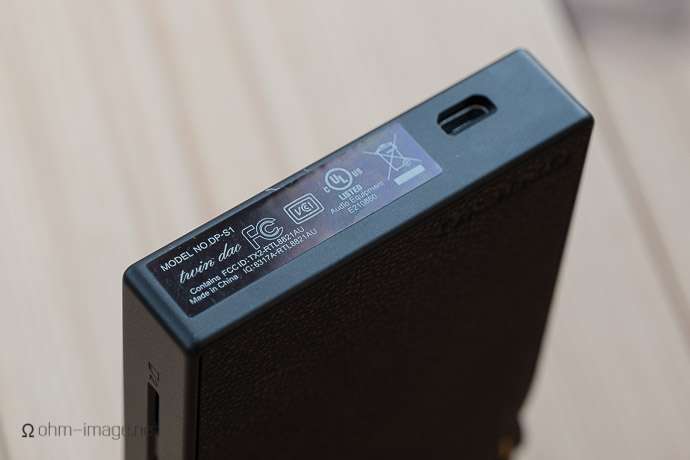
The good news is that once you connect, typically annoying things like firmware updates, are automatic. If you’re fine with the firmware you currently have, you can switch off automatic updates from the system menu. All things considered, the DP-S1’s USB write speed is fast. Transferring a 1,5GB DSD album file took: 44:80. The same file through the AK70 took: 1:29. Writing to card is much slower, and hit and miss. The same 1,5GB file has finished in under two minutes. It has also taken longer than that. And the Onkyo DP-S1 has two micro SD card slots, meaning you can fit it with up to 512GB as today’s cards go. That would fit my entire collection of music. And, as I said above, would be a complete bugger to navigate through.
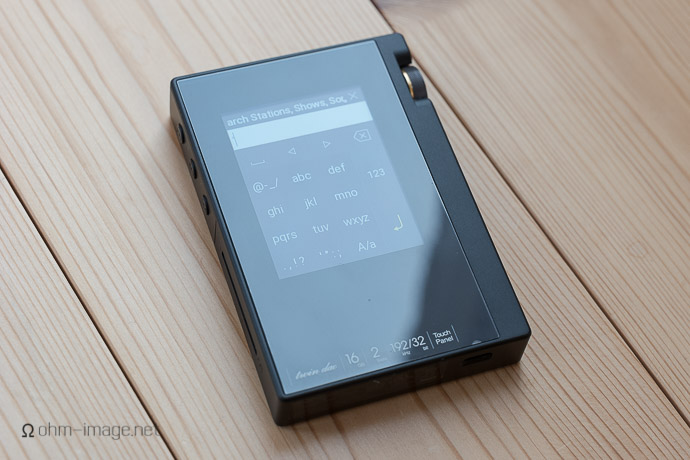
Speaking of which, scrobbling is about as hard to do as it was when the iPhone 6 debuted: small touch target, and narrow screen would make it appear impossible, but somehow it worked. I can even shave a song forward or back to precisely the second I left off. A vertical bar shows where you are in the song and as long as your finger is on the scrobbler, is always visible. Tapping anywhere on the album art pauses the player. When the DP-S1 is locked, inadvertent changes in attenuator position can be muted. Better yet, the attenuator doesn’t commandeer the touch screen, possibly forcing jumps up or down when all you wanted to do was change tracks or browse music. The only DSP available when playing DSD files is the low-pass filter. The Onkyo DP-S1 doesn’t properly do gapless, but gaps are small, pop-less, and even between DSD files, not terribly long.
Still, gapless: I’m waiting on you.
Spec after the jump:





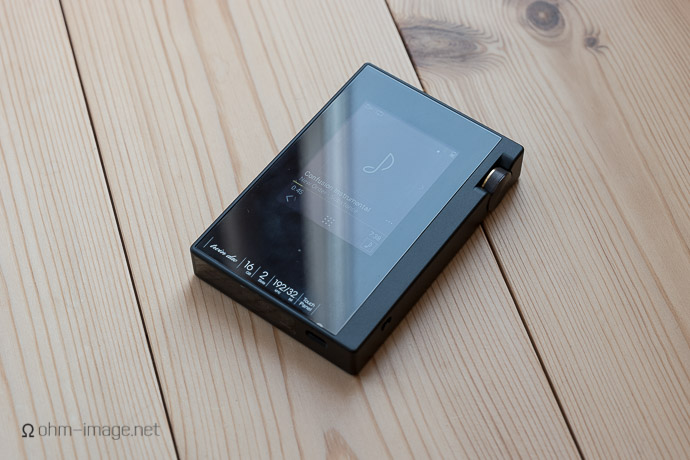
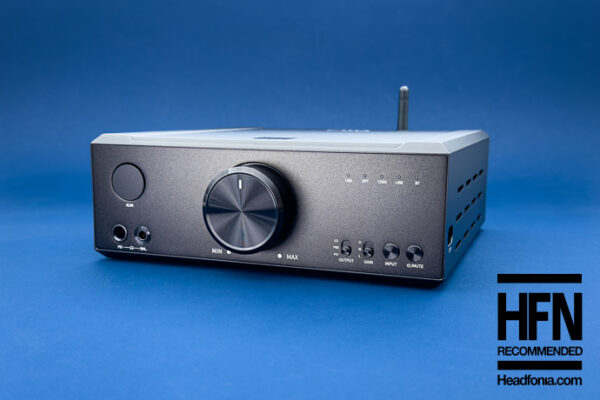
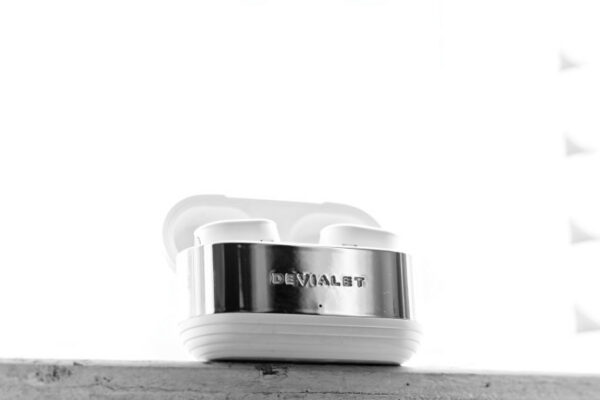
Kam
Hi nathan, great review. Just in time when i had a chance to secure one. Just one more thing, what about the usb-dac function? If there is one, I’m totally sold
ohm image
I always forget something. I’ll get back with you on that.
RAQemUP
To get USB audio out. Connect powered external Dac to powered off DP-S1 micro USB with an OTG cable. Power on DP-S1 and from the play screen select the “three dots” icon next to the song title. Choose the “triangle with 3 waves” icon in the upper left and select USB audio.
Kam
Its not usb-audio out I am talking about. Yes, I am aware that this dap can be paired to mojo. But can it connect to pc and be used as DAC?
jeemusu
I would like to know this too.
Can i connect it to, say, a macbook, and select it as audio out and then listen with my headphones connected to the onkyo?
Thanks for the help.
ImAddictedToAudio
What about the “Balanced” Line-Out option? Has anyone tested this plugging into a Balanced amp?
ohm image
Hello IMADDICTEDTOAUDIO,
I’ve yet to publish its results, but yes, I have used it with outboard balanced amps as well as driving headphones straight. It does both well, but it is my opinion that the DP-S1 a more impressive single-ended player than it is balanced.
rantng
Can you tell us the differences between the DP-S1 and the Pioneer XDP-30R?
Adam
Hi
can you tell me if this is able to scan fast forward and backwards on music tracks when using bluetooth headphones (mine seems not able to do this using when bluetooth headphones but can when using wired headphones)
Thanks in advance for any info you can give
Best Wishes
Mikhail Vasiliev
hello! how does it compare to aune m1s? the same dac. SQ wise?
ohm image
I’m sorry, Mikhail, I’ve not used the M1.
Gleb
Hi there!
Can you measure output impedance of DP-S1 (XDP-30R) for balanced and unbalanced output?
Hans
Hello, do you know how the DP-S1 compares to its Pioneer XDP-30R twin or to other dual DAC DAPs like Fiio X3/X5 III, Shanling M2S and Hiby R6/3?
Thank you.
maira
Hello
have is the Sounsquality and stage compared to Sony ZX300?
thanks!
ohm image
It’s better across the board.
Hans
Any chance this will be compared with an iBasso product e.g. DX120 in the future?
Nathan
If iBasso send a unit or I can borrow one, yes, but I am not sure that will happen.